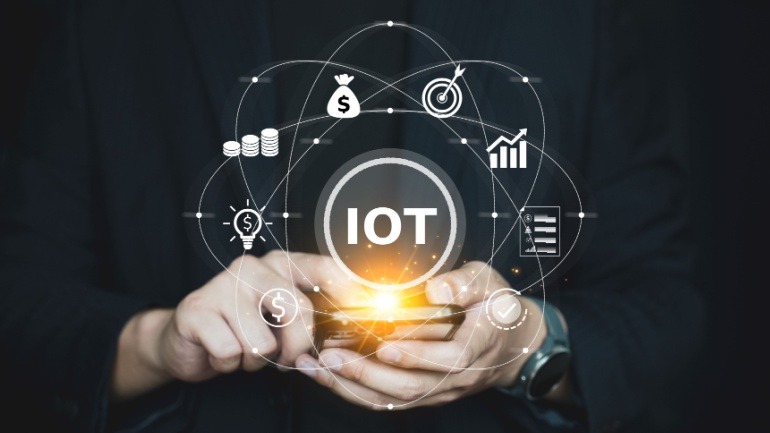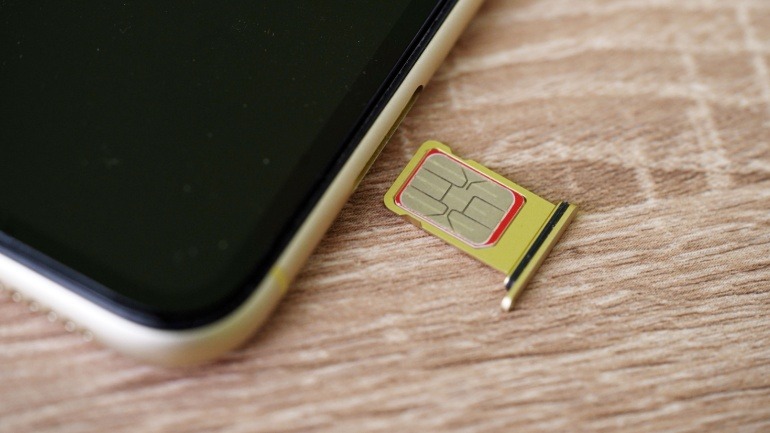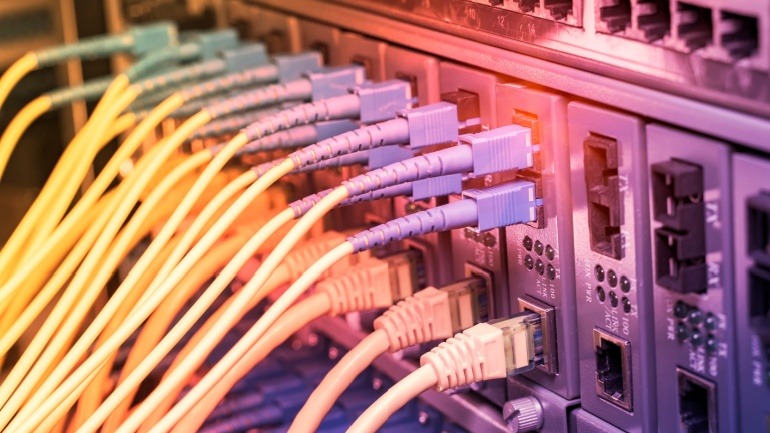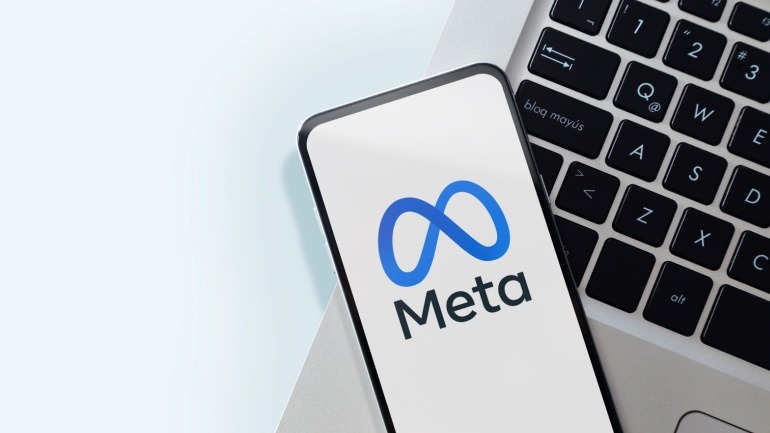Starlink’s temporary FCC approval for direct-to-device services highlights the vital role of VoIP technology during emergencies. By partnering with T-Mobile, Starlink enables emergency alerts via satellite in hurricane-stricken North Carolina, offering free internet for 30 days.
Cisco’s decision to exit the LoRaWAN market by 2025 marks a significant shift in the IoT landscape. While phasing out LoRaWAN products, Cisco encourages exploration of alternative suppliers through the LoRa Alliance. This ecosystem’s robust growth and diverse vendor availability ensure ongoing development and adaptation, meeting evolving global business needs.
CityFibre, the UK alternative network provider, urgently seeks external funding to maintain pace against competitors like Openreach. Despite financial challenges, CityFibre reported impressive growth with a revenue surge to £99.67 million in 2023.
Qualcomm Technologies and STMicroelectronics are set to revolutionize industrial IoT applications with an integrated Wi-Fi/Bluetooth/Thread SoC and STM32 microcontroller combo. These joint offerings aim to streamline development, enhancing seamless connectivity and edge AI on STM32 MCUs.
The European Commission has conditionally approved UAE’s ecommerce giant e& to acquire control of PPF Telecom Group, excluding Czech operations. This decision under the Foreign Subsidies Regulation ensures fair competition within the EU market.
Vodafone and Kigen have introduced an integrated iSIM service, revolutionizing IoT deployments. This initiative incorporates iSIM chipsets into Kigen’s security package, providing pre-loaded iSIM connectivity optimized for Vodafone’s LPWA networks like NB-IoT and LTE-M.
Deutsche Telekom has joined the German Federal Association for Fiber Optic Connections (BUGLAS), marking a significant step in fiber infrastructure promotion. This move aims to enhance nationwide fiber expansion through partnerships. However, it has sparked mixed reactions, with critics concerned it might hinder Germany’s overall fiber rollout and benefit Deutsche Telekom’s market dominance.
Huawei and UAE telecom provider du have deployed the first indoor 5G-Advanced network in the Middle East, utilizing three carrier aggregation technology. This network delivers peak data rates of 5.1Gbps, enhancing indoor connectivity in shopping malls, hotels, airports, and residential buildings.
Ericsson has joined the Mobile Satellite Services Association (MSSA) to promote Non-Terrestrial Networks (NTN) and advance direct-to-cellular and IoT communications. This collaboration leverages satellite spectrum to enhance mobile coverage globally. With MSSA’s focus on integrating terrestrial and satellite networks, Ericsson aims to provide seamless, reliable connectivity worldwide.
Meta’s recent decision to resume using public content from UK users on Facebook and Instagram for AI model training showcases a strategic move to enhance its AI capabilities. This change, following regulatory discussions, aims to better reflect British culture and language, keeping Meta competitive in the AI landscape.













